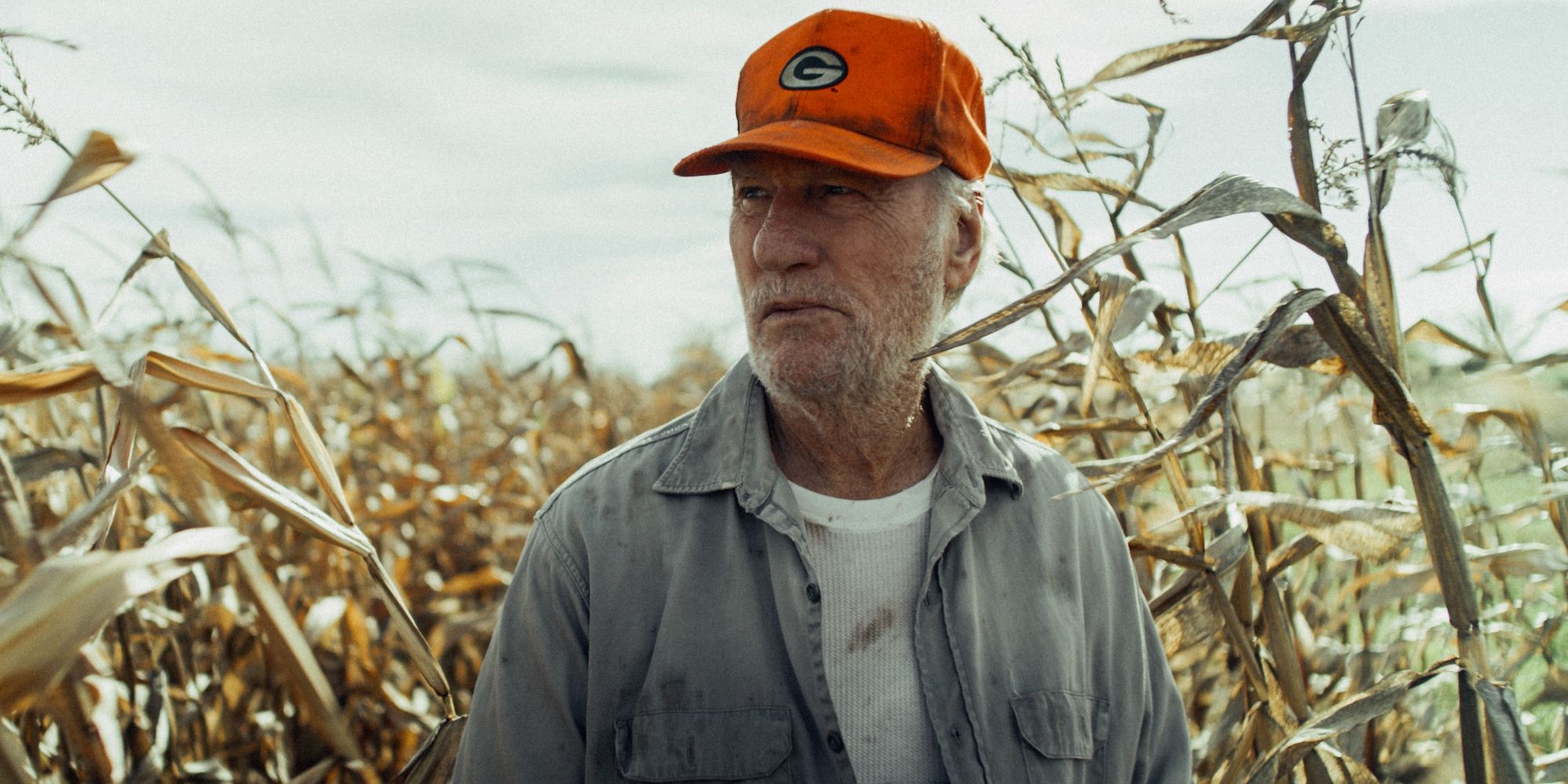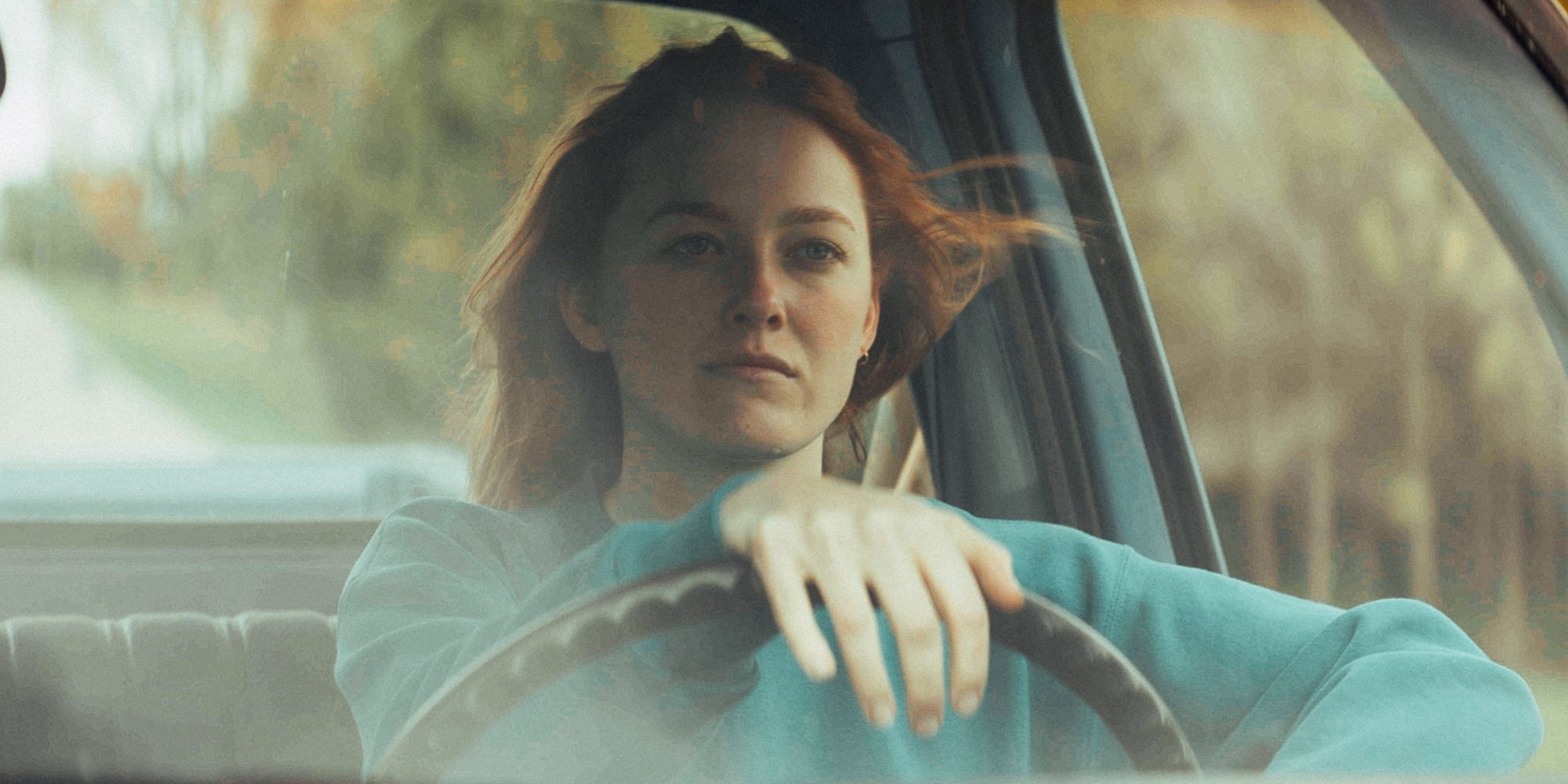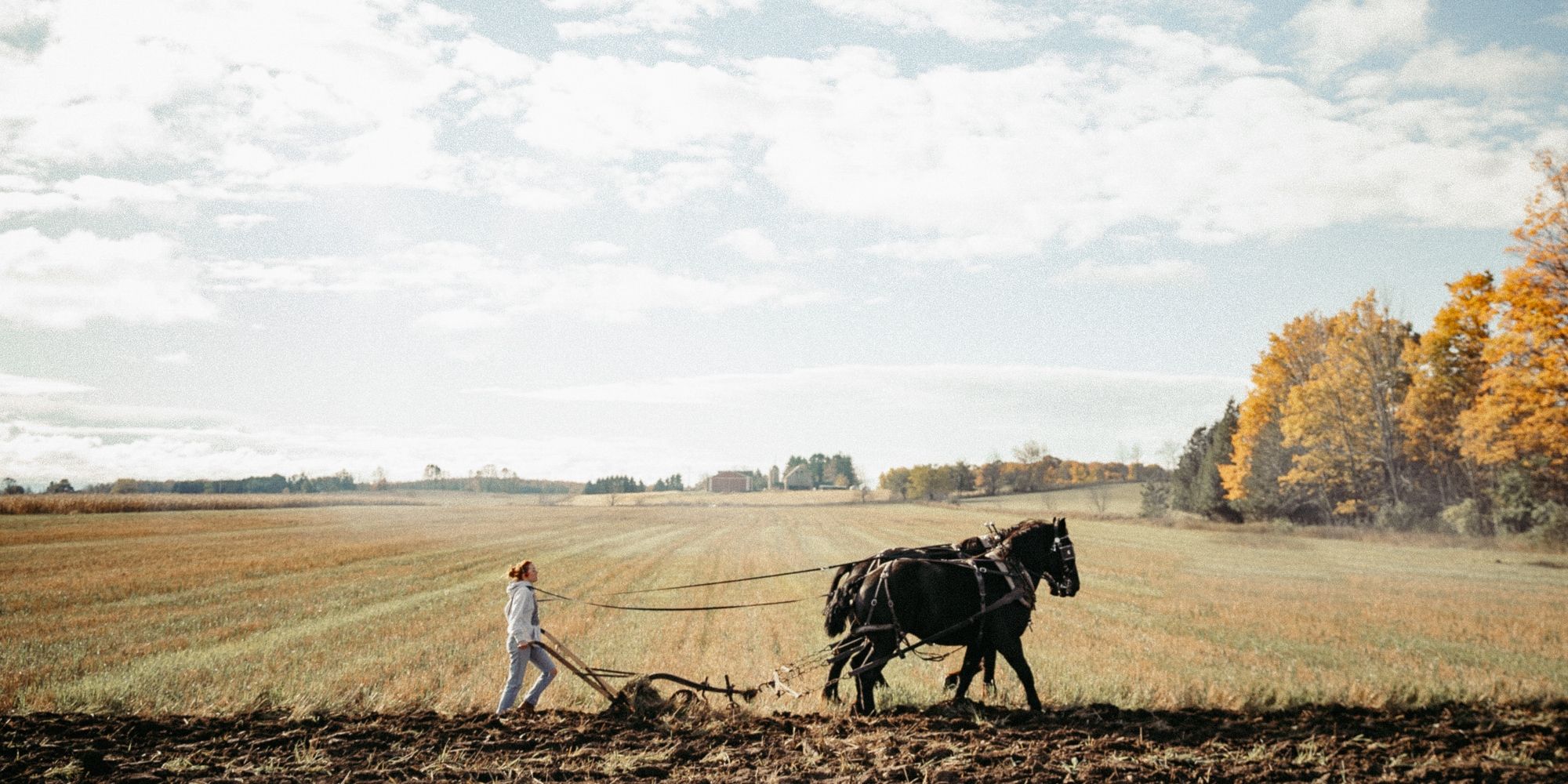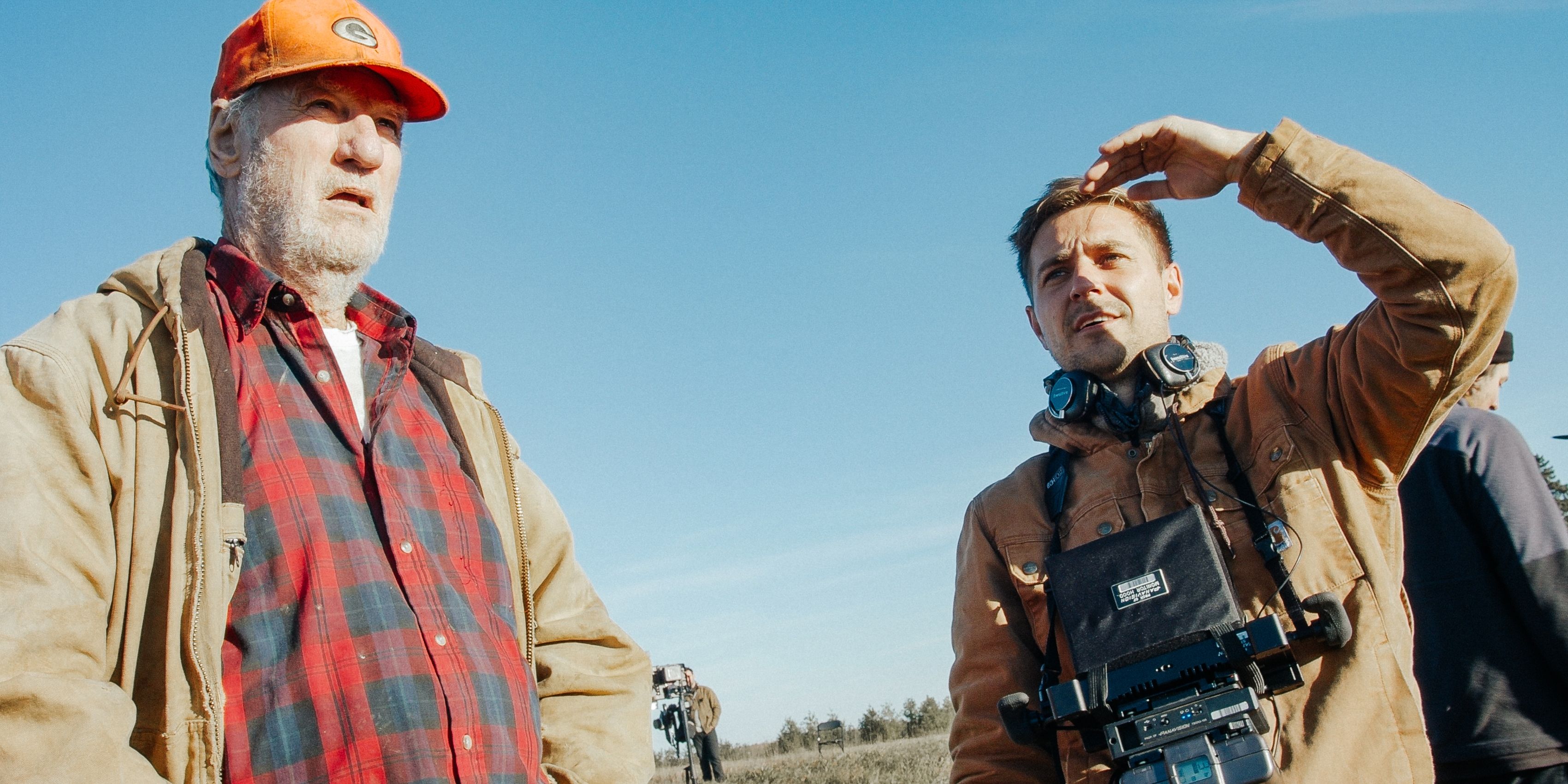This is the first real large-scale movie by Lindwall, whose sporadic filmography up to this point has consisted mostly of short films, and if this project doesn’t scream talented up-and-comer, I don’t know what does. From the opening frames, he shows such immense depth and understanding of the art of cinema, intricately weaving themes of respect for nature, community, love, and grief into the very fabric of the movie. It’s a triumphant piece of work that never overplays itself, and remains committed to telling a story with which the audience can identify and dare to hope.
What is ‘Green and Gold’ About?
Meanwhile, his granddaughter Jenny (Madison Lawlor) is an aspiring singer-songwriter reminiscent of Schuyler Fisk, who spends her time writing music in the barn when she is not busy laboring on the farm. She plays small bar gigs for extra money, and hopes that she is being noticed by the right people who will give her her big break. She loves her Gramps, but the two butt heads over the direction her life is going in. When the bank manager flippantly offers Buck a bet that could save the farm, she encourages him to take it. If the Green Bay Packers make it to the Championships, he’ll give the family a grace period to make up their arrears. You can see where this sort of plot could end up taking a cheesy, artificially feel-good direction, but Lindwall is too nuanced and artful a director to allow it to end up in rom-com territory.
Nature is the Core of ‘Green and Gold’
But it’s not a propaganda piece that batters you with its message of protecting and respecting the natural world. Buck and Jenny make the odd comment about why it is important to do things the old-fashioned way and how integral it is to the spirit of a farmer, but it is really the visual language of the film that tells us this. Cinematographer Russ Fraser has almost exclusively worked on music videos up to this point, and Green and Gold is the fanciest feather his cap could possibly hope for. He elevates the story and performances to a level that is so touching and so exquisite that the movie is bursting at the seams with a humble beauty. Between Fraser’s loving camerawork and Lindwall’s heartfelt direction, Green and Gold transcends the realm of 2020’s drama.
‘Green and Gold’ Has Community at Its Heart
Then there is the football community, the other place where Buck finds love and meaning. The Packers fans take genuine joy in watching a game unfold, and there is never a sense of rivalry with the opposing team or its supporters. Football is there to entertain, to give fans something to root for and get invested in. As the playoffs go on, and the Packers inch their way closer to the Championship, there is a sense of pride and hope, not only because Buck’s bet may end up paying off, but because this silly little game is bringing people together to have fun, and it means a lot to them. Between farmers, football fans, and family, the theme of community is consistent throughout Green and Gold, and is handled so delicately that it almost restores the viewer’s faith in humanity.
‘Green and Gold’ is Full of Atmosphere
Although Green and Gold more explicitly refers to the team colors of the Green Bay Packers, the title reflects the visual palette of the movie. This beautiful green land, which Buck will happily tend til the day he dies, is always awash in natural gold light, and the two complement each other so perfectly. It’s the sort of beauty that tourism and travel commercials often try to encapsulate. When paired with a delicate folk soundtrack, a world of natural wonder, serenity, and peace is conjured. Whether in bars, churches, sheds, or fields, the movie accomplishes a real sense of an all-encompassing atmosphere, as if real life has been polished to perfection. This is no mean feat, given the movie has plenty of moments of hopelessness, grief, betrayal and heartache. It never goes too far in its pursuit of beauty, but finds just the right level at which viewers can stop, stare, and wonder how they’d never noticed it before. It’s not just a field, or a cow, or a harbor — it’s one of life’s understated little gifts that are there to be savored.
Green and Gold is now playing in theaters.




